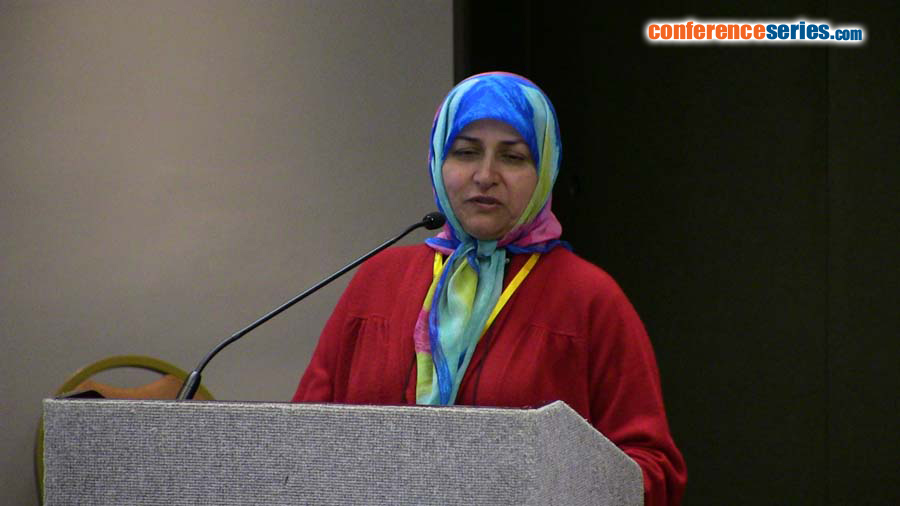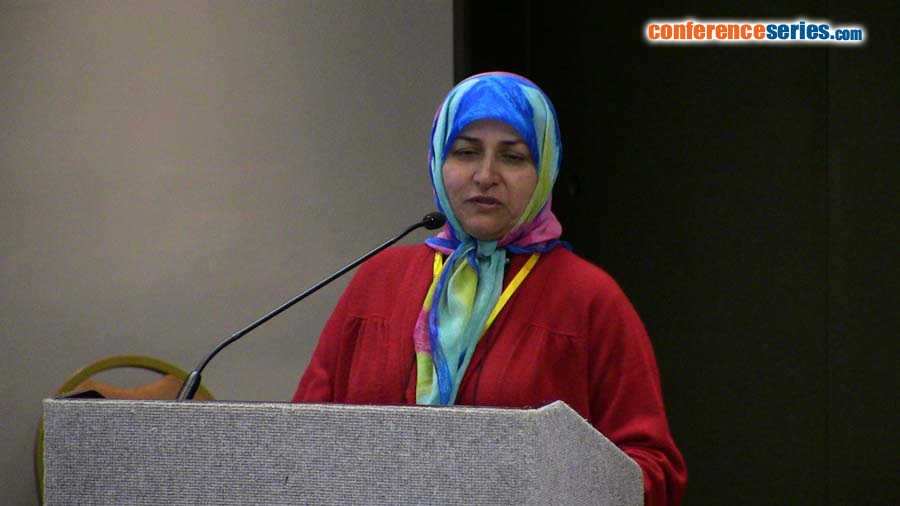Maliheh Nobakht
Iran University of Medical Science, Iran
Title: The role of biodegradable engineered random polycaprolactone nanofiber scaffolds seeded with nestin positive hair follicle stem cells for tissue engineering
Biography
Biography: Maliheh Nobakht
Abstract
Background: Tissue engineering is a new approach to reconstruction and/or regeneration of lost or damaged tissue. The purpose of this study was to fabricate the polycaprolactone (PCL) random nanofiber scaffold as well as evaluation of the cell viability, adhesion, and proliferation of rat nestin‑positive hair follicle stem cells (HFSCs) in the graft material using electrospun PCL nanofiber scaffold in regeneration medicine. Materials & Methods: The bulge HFSCs was isolated from rat whiskers and cultivated in Dulbecco’s modified Eagle’s medium/F12. To evaluate the biological nature of the bulge stem cells, flow cytometry using nestin, CD34 and K15 antibodies was performed.
Electrospinning was used for the production of PCL nanofiber scaffolds. Furthermore, scanning electron microscopy (SEM) for HFSCs attachment, infiltration, and morphology, 3‑(4, 5‑di‑methylthiazol‑2‑yl)‑2, 5‑diphenyltetrazolium bromide (MTT) assay for cell viability and cytotoxicity, tensile strength of the scaffolds mesh and histology analysis were used.
Results: Flow cytometry showed that HFSCs were nestin and CD34 positive but K15 negative. The results of the MTT assay showed cell viability and cell proliferation of the HFSCs on PCL nanofiber scaffolds. SEM microscopy photographs indicated that HFSCs are attached and spread on PCL nanofiber scaffolds. Furthermore, tensile strength of the scaffolds mesh was measured.
Conclusion: The results of this study revealed that modified PCL nanofiber scaffolds are suitable for HFSCs seeding attachment and proliferation. Furthermore, HFSCs are attached and proliferated on PCL nanofibers scaffolds.




